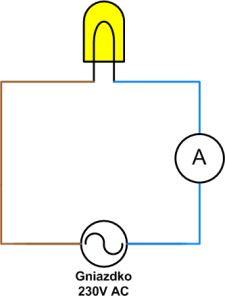I have a question about connecting an ammeter. Why should you connect in series in a circuit?
What I mean here is the principle of operation, I know that if we connect it in parallel it will burn, but why?
What I mean here is the principle of operation, I know that if we connect it in parallel it will burn, but why?



